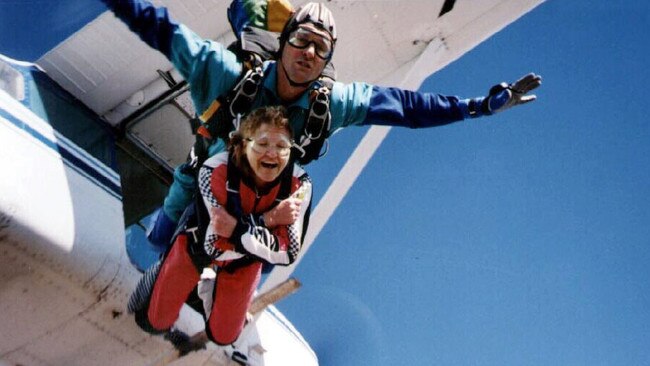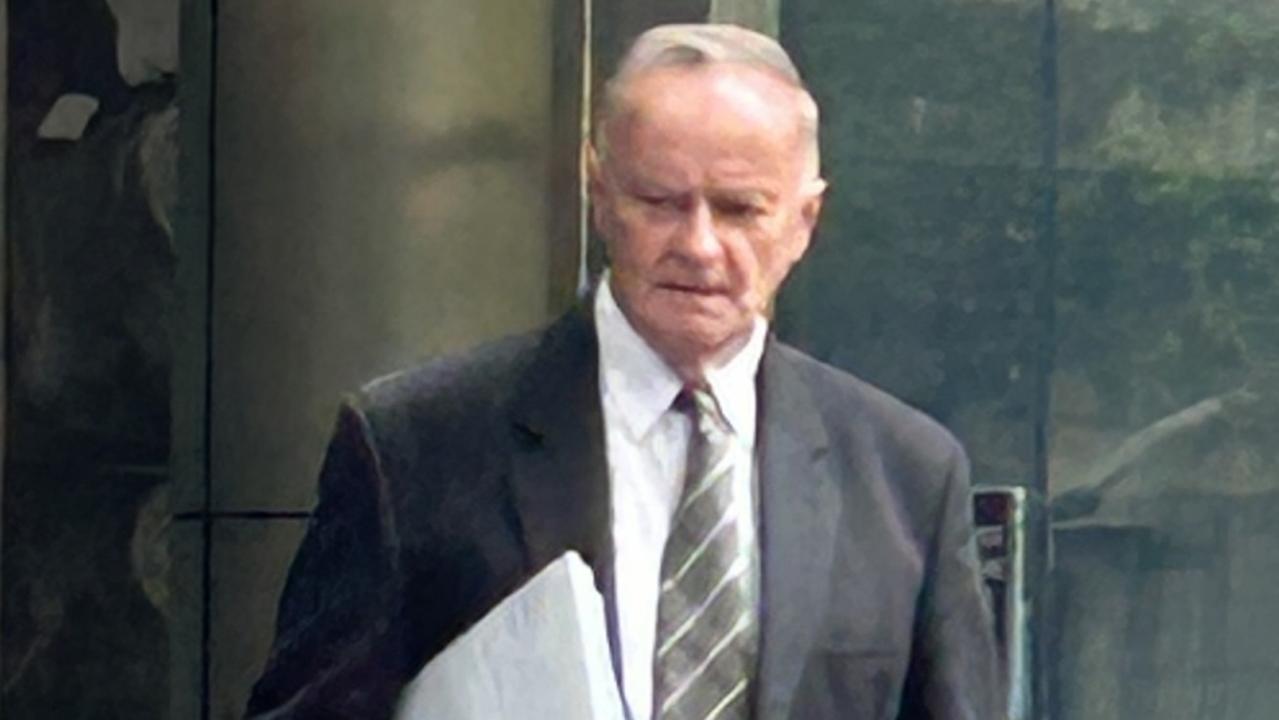Hayley Marks sues Skydive Australia after fracturing her spine in ‘hard landing’
A young woman who fractured her back in a freak skydiving mishap in the Yarra Valley has taken legal action against the Victorian operators.

Outer East
Don't miss out on the headlines from Outer East. Followed categories will be added to My News.
A young woman who fractured her spine in when she was “slammed into the ground” during a routine skydiving landing has had her negligence case against Skydive Australia dismissed.
Hayley Marks claimed the company breached its duty of care by failing to manage and control the parachute while landing at the Yarra Valley drop zone in August 2018.
The medical researcher needed two surgeries as a result of her injuries and has not been able to return to full-time work since the incident.
Ms Marks alleged her tandem instructor, Sam Dale, failed to adjust to the wind conditions in order to provide a safe landing.
But Skydive Australia said the heavy landing was caused by a downdraft that Mr Dale could not “control, take reasonable measures to prevent, or foresee”.
Mr Dale, a trained instructor who had completed about 950 jumps at the time of the incident, told the court it was “just a regular jump” until the last 10 seconds when there was a sudden drop in wind speed and the pair “came straight down and hit the ground” from a height of about four metres.
He said he had completed two other jumps that morning and “was comfortable with the conditions” that day.
But sudden turbulence caused the parachute to start plummeting with “no forward drive”.
“The canopy was unresponsive, I progressively continued flare input and found no response until we contacted the ground,” he said.
The court Mr Dale told Ms Marks to hold her legs up and tried to position himself under her in order to take the impact.
He said there was nothing else he could have done to prevent them smashing into the ground.
Ms Marks and Mr Dale both had the wind knocked out of them when they landed heavily on their right sides and both immediately complained of soreness in their sides and mid-back.
Weather data recorded by the Bureau of Meteorology indicated there had been “cyclonic” west-southwest winds most of that day but they had suddenly dropped around the time of the incident.
Meteorologist Barry Cook told the court “a lull in speeds and a drop in temperature indicated that a downdraft occurred” about that time.
Supreme Court judge Melinda Richards ruled Mr Dale and Skydive had exercised reasonable care to avoid injury during the incident.
“Ms Marks’ injuries were the result of the materialisation of a risk inherent in the activity of skydiving, which could not have been avoided,” she said.
“Turbulence is invisible and cannot be avoided; all that can be done by a parachutist who encounters turbulence is to react appropriately.”
Justice Richards found Mr Dale had reacted early to try and slow the parachute’s “unusually fast descent”.
“I could not find that the heavy landing and Ms Marks’ injuries were the result of any failure by Mr Dale to exercise reasonable care for (her) safety,” she said.
“The pair’s rapid descent was due to an isolated, localised downdraft that they encountered as they approached the landing area.”




